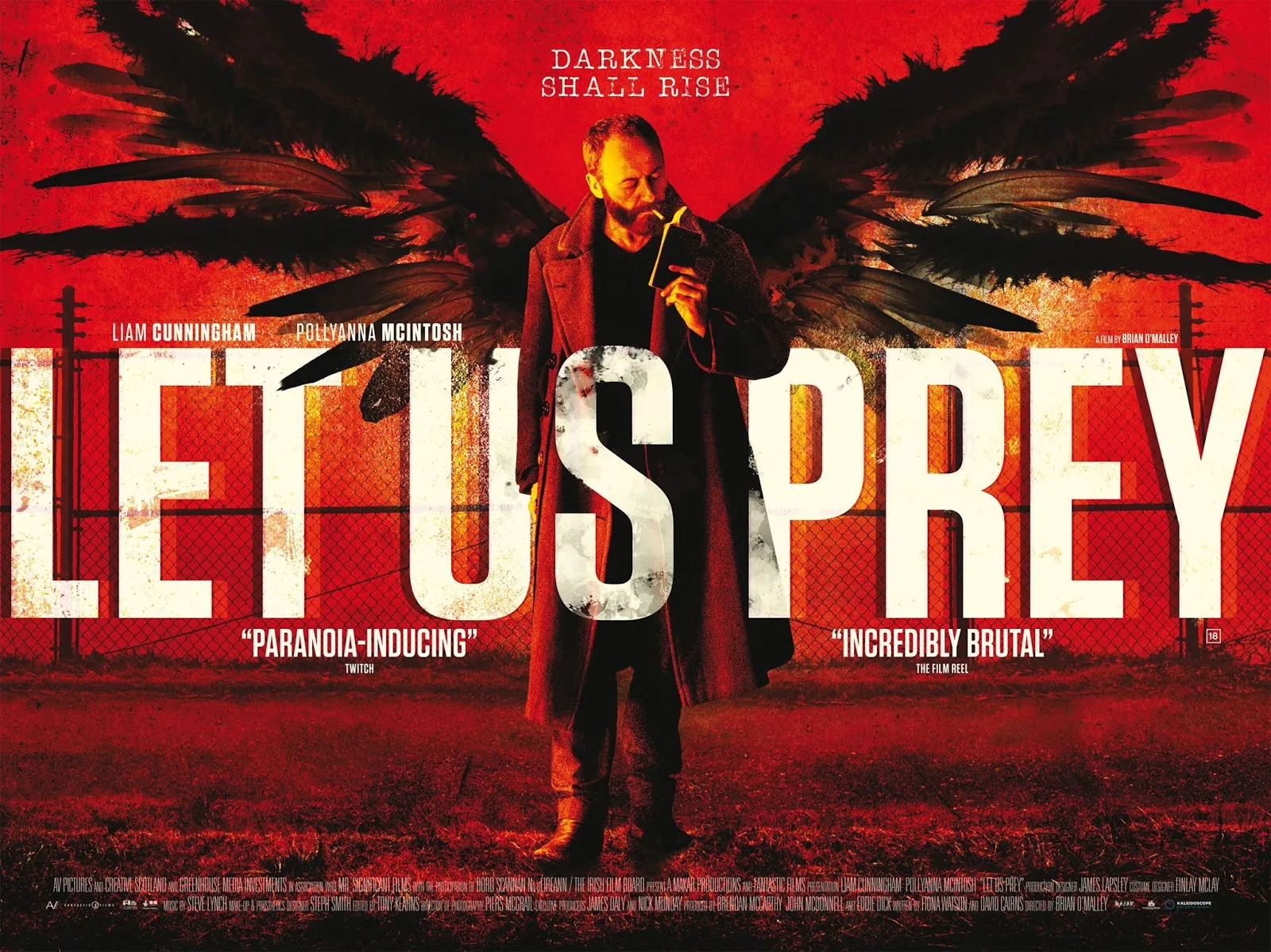The Void (2016): A Descent into Cosmic Horror
The Void (2016) is a Canadian horror film directed by Jeremy Gillespie and Steven Kostanski, known for its unsettling blend of cosmic dread and practical effects reminiscent of 1980s horror classics. Set in a small-town hospital, the film tells the story of a police officer, Daniel Carter (played by Aaron Poole), who stumbles upon a wounded man and takes him to a nearly abandoned hospital. What begins as a routine act of service quickly spirals into a nightmarish descent into madness, as the hospital becomes surrounded by mysterious cultists and haunted from within by grotesque, shifting entities.
The film draws heavy inspiration from the works of H.P. Lovecraft, particularly in its portrayal of an unknown, otherworldly force that defies human understanding. As the story progresses, the characters become trapped in the hospital, tormented by monsters that appear to be born from human flesh, manipulated and mutated by some alien intelligence. These horrifying transformations and monstrous designs are brought to life using practical effects rather than CGI, giving The Void a tangible, visceral texture that echoes films like The Thing (1982) and Hellraiser (1987).

One of the film’s strengths is its atmosphere. The directors craft a claustrophobic and disorienting environment that steadily builds in tension. The lighting, often stark and washed in cold hues, contributes to the oppressive tone, while the sound design uses silence and abrupt noise effectively to heighten suspense. The cult members—dressed in white robes marked by black triangles—appear without warning, surrounding the hospital and preventing anyone from leaving. Their silent presence adds to the feeling of helplessness and doom.
While the plot at times can feel cryptic or fragmented, this ambiguity is part of the film’s deliberate descent into chaos. Rather than providing clear explanations or backstories, The Void leans into the surreal and the unknown, forcing viewers to experience the horror alongside the characters. Themes of grief, resurrection, and the thin boundary between life and death echo throughout the narrative, especially through the character of Dr. Powell (Kenneth Welsh), whose quest to conquer death leads him to open a portal to another dimension.
Critics and audiences have been divided in their reception of The Void. While some praised it for its commitment to practical effects, old-school horror aesthetics, and Lovecraftian storytelling, others criticized it for its minimal character development and vague narrative. Nevertheless, it has become something of a cult favorite, especially among fans of body horror and cosmic terror.
In conclusion, The Void is not a conventional horror film but rather a fever dream of flesh, madness, and the unknowable. It invites viewers into a world where logic breaks down and monstrosity takes over, all wrapped in a visual and thematic style that pays homage to horror cinema’s past while carving out its own disturbing identity. For fans of visceral, atmospheric horror that dares to leave questions unanswered, The Void is a haunting experience that lingers long after the credits roll.


